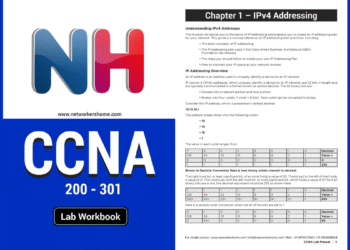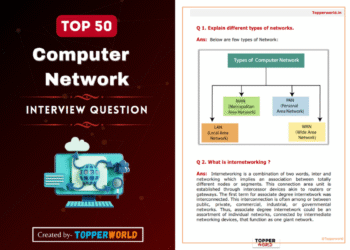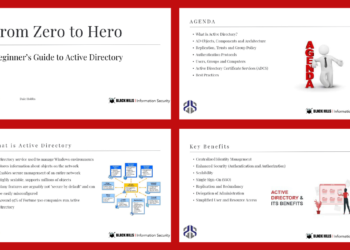autonomous systems (ASes). BGP is responsible for making routing decisions based on policies set by network administrators, and for propagating those decisions to other routers within the network.
BGP is a complex protocol that allows routers to exchange information about the paths they use to reach different destinations and to choose the best path based on a variety of factors, including network performance, cost, and administrative policies. BGP is designed to be highly scalable and flexible, allowing network administrators to configure the protocol to meet their specific needs and to adapt to changes in network topology and traffic patterns.
BGP is an essential component of the Internet and plays a critical role in ensuring that data is routed efficiently and reliably between different networks. Understanding how BGP works and how to configure and troubleshoot it is an important skill for network engineers and administrators.
About The Book
The book is a quick and comprehensive summary of BGP (Border Gateway Protocol). consisting of 40 pages, in a simple style.









Book Content:
- BGP Overview
- When BGP is not appropriate?
- When BGP is most appropriate?
- BGP Tables
- BGP messages
- BGP C/Cs
- BGP neighbor states
- Configuring BGP neighbors
- BGP Start-up Operation
- Understanding BGP Requirements
- BGP runs on borders of AS but no IGP
- BGP runs on borders and IGP inside AS
- BGP and IGP run on all routers of transit AS
- BGP must run in a full mesh fashion
- Source of update behavior
- eBGP multihop
- Authenticating in BGP
- BGP considerations for updates
- Advertise routes in BGP updates (populate BGP table)
- Advertise summarized routes (CIDR and Aggregate address)
- Cautions about Network Statement
- BGP Synchronization
- Next hop behavior
- BGP peer groups
- BGP Attributes
- BGP route selection process
- Route maps for BGP policy implementation
- Verification and Troubleshooting
- Clearing the BGP Session
Prepared By: –
Eng Ahmed Nabil
Book Format:-
To Download PDF:-
For Other Network Books From here

















